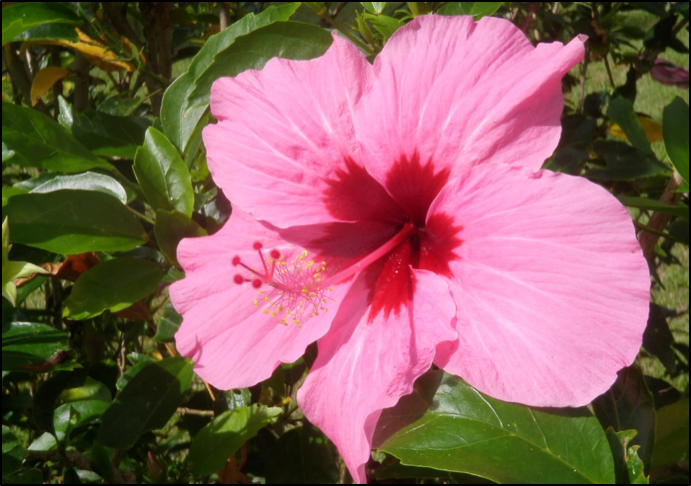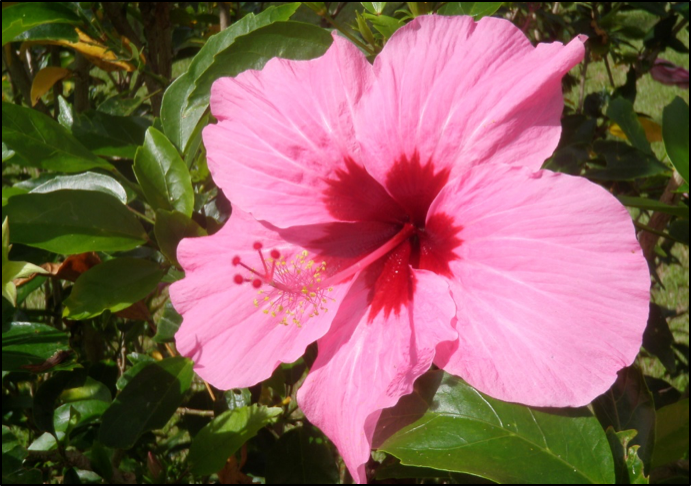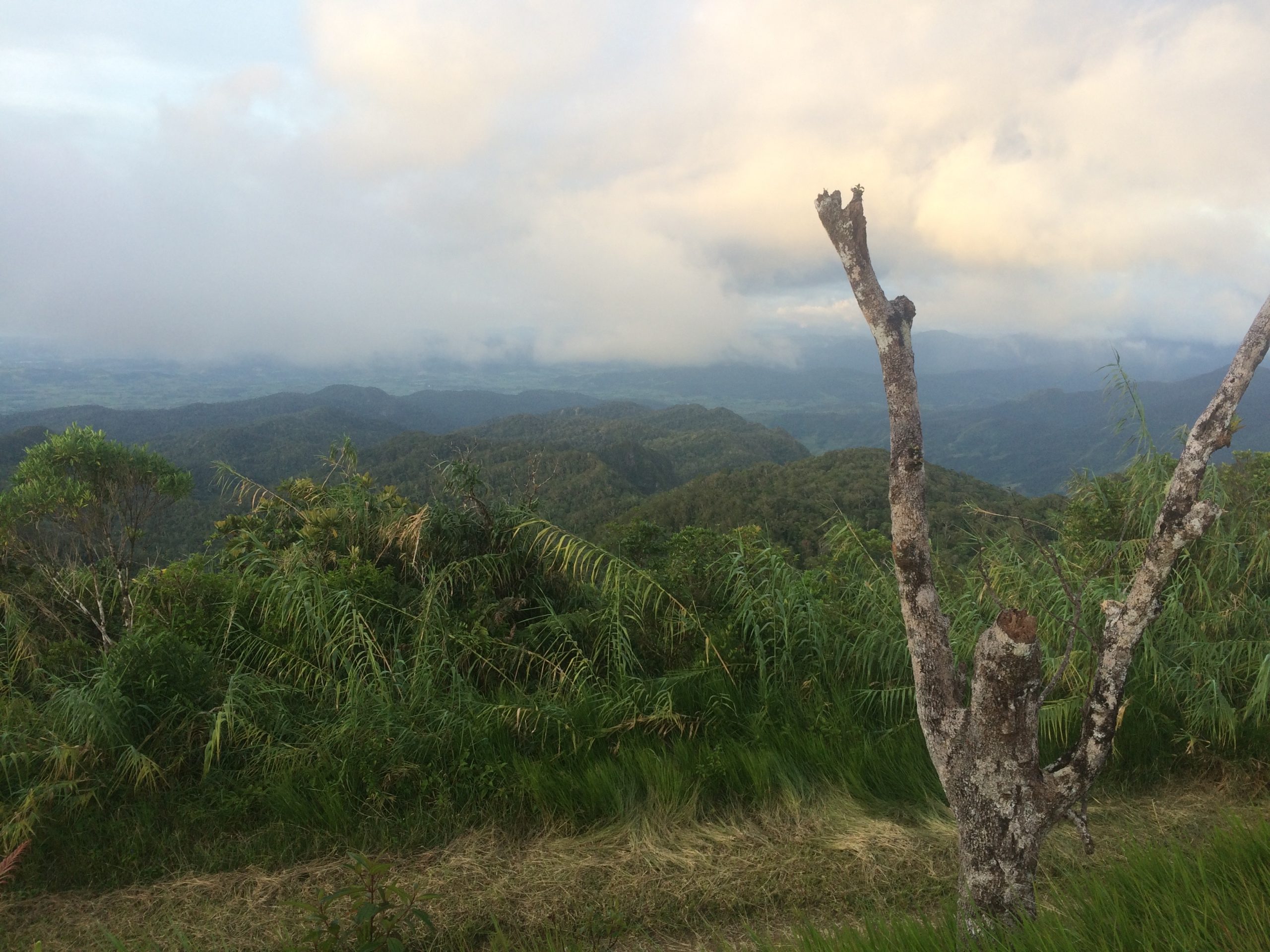Hibiscus storckii, Fiji’s endemic Hibisicus. Extinct or Extant?

-
Status of project
Completed -
Country
Fiji -
Programme
Global Trees Campaign -
Workstream
Saving Plants -
Topic
Tree Conservation
Project completed
Conservation Problem
Endemic Hibiscus storckii is extremely rare, threatened by land-use and climate change, but a lack of awareness and information limits its conservation.
Project Goal
This project will confirm the existence and status of populations of H. storckii in the wild, secure the species in botanic garden collections and contribute to the genetic study of Hibiscus species in the South Pacific.

Why this species?
The islands of Fiji in the South Pacific hold Hibiscus species high in esteem, hosting a major Hibiscus festival each year. In general, endemic Hibiscus species in the South Pacific Islands are poorly known. Decision makers, conservationists and botanists alike, are often unaware that Fiji has its own unique, endemic and, highly ornamental and apparently extremely rare Hibiscus. They are threatened by climate change and habitat destruction, and are at risk of being hybridized out of existence, or not being planted out at all due to use of more decorative/spectacular hybrids.
H. storckii is extremely rare; prior to this project it had not been collected in the wild since its discovery in 1860 on Taveuni in Fiji. However, in 2015, two wild Hibiscus trees were found on Vanua Levu. The plants had rich pink flowers with a red center and were thought to be either H. storckii, or, a very rare new species. This required quick action to determine their identity and conserve the species in ex situ collections.
What did we do about it?
BGCI partners in Fiji, with support from the Mohammed bin Zayed Species Conservation Fund, investigated the state of H. storckii and other potential endemic Hibiscus species in the wild and collected material for ex situ conservation and future genetic studies. This project provided an opportunity to promote awareness and conservation of H. storckii and other rare endemics of Fiji and the South Pacific, which might go extinct without specific conservation action. The partners who worked on this project were: Dr. Lex Thompson of the University of the Sunshine Coast, The South Pacific Regional Herbarium (University of the South Pacific) and NatureFiji-MareqetiViti.

Key Achievements
Field surveys across Taveuni were made difficult by the devastating impact of Cyclone Winston in February 2016, the strongest storm ever to make landfall in the South Pacific Islands. Many walking trails were made impassable and reports from local community members indicated that the populations of H. storckii and other related species had been washed away or killed by flash flooding during the cyclone. Despite these challenges, through a campaign advertising the search for the species and with the assistance of local knowledge, two variants of H. storckii were identified: one on the island of Taveuni and one on Mount Delaikoro on Vanua Levu. The previously known wild individuals on Taveuni disappeared after Cyclone Winston. Field surveys also confirmed the extreme rarity of a second endemic species H. macverryi sp. nov. on Taveuni.
H. storckii is now being cultivated to support ex situ conservation in Savurua Botanic Garden on Viti Levu. The field surveys, examination of collected materials and genetic study has clarified that H. storckii and two other Fijian Hibiscus are genetically distinctive from all other Hibiscus of similar origin, confirming at least one, and probably two, Fiji endemic Hibiscus species. This project resulted in the publication of a review of Fijian Hibiscus. A conservation plan has been developed for H. storckii. This study greatly contributed to the recognition and conservation of at least three endemic and highly ornamental Fijian Hibiscus which likely would have otherwise have gone unrecognised and become extinct in the next few years due to extreme climatic events and other threatening factors. BGCI will continue to support the efforts of partners to study and conserve Hibiscus in Fiji through new projects.
For more information on Hibiscus species in Fiji visit Savurua Botanical Gardens Fiji’s website.
Contact details
For more information on this project, please contact globaltrees@bgci.org